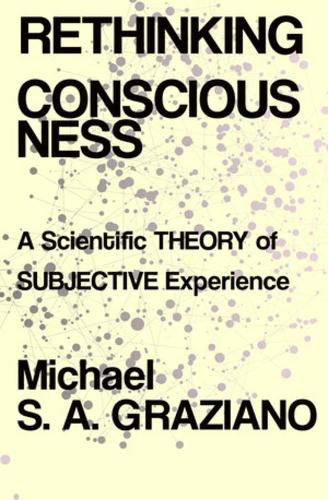Readings Newsletter
Become a Readings Member to make your shopping experience even easier.
Sign in or sign up for free!
You’re not far away from qualifying for FREE standard shipping within Australia
You’ve qualified for FREE standard shipping within Australia
The cart is loading…






Focusing attention can help an animal find food or flee a predator. It also may have led to consciousness. Tracing evolution over millions of years, Michael S. A. Graziano shows how neurons first allowed animals to develop simple forms of attention: taking in messages from the environment, prioritizing them, and responding as necessary. Then covert attention evolved- a roving, mental focus separate from where the senses are pointed. To monitor and control covert attention, Graziano posits in his attention schema theory, the brain evolved a simplified model of it- a cartoonish self- description depicting an internal essence with a capacity for knowledge and experience. In other words, consciousness. That self model not only gives us our intuitions about consciousness, but makes us empathetic social beings as we attribute it to others. The theory also implies that uploading the data structure of consciousness into machines will someday be possible, and he discusses what artificial consciousness will mean for our evolutionary future.
$9.00 standard shipping within Australia
FREE standard shipping within Australia for orders over $100.00
Express & International shipping calculated at checkout
Focusing attention can help an animal find food or flee a predator. It also may have led to consciousness. Tracing evolution over millions of years, Michael S. A. Graziano shows how neurons first allowed animals to develop simple forms of attention: taking in messages from the environment, prioritizing them, and responding as necessary. Then covert attention evolved- a roving, mental focus separate from where the senses are pointed. To monitor and control covert attention, Graziano posits in his attention schema theory, the brain evolved a simplified model of it- a cartoonish self- description depicting an internal essence with a capacity for knowledge and experience. In other words, consciousness. That self model not only gives us our intuitions about consciousness, but makes us empathetic social beings as we attribute it to others. The theory also implies that uploading the data structure of consciousness into machines will someday be possible, and he discusses what artificial consciousness will mean for our evolutionary future.